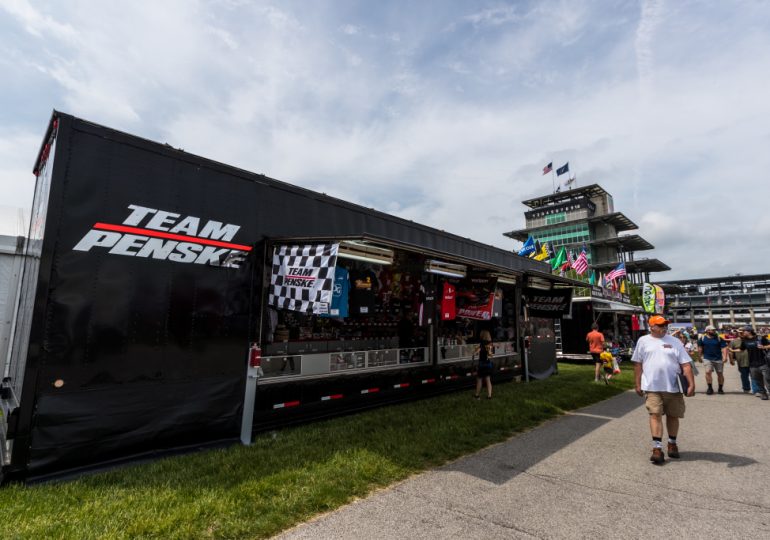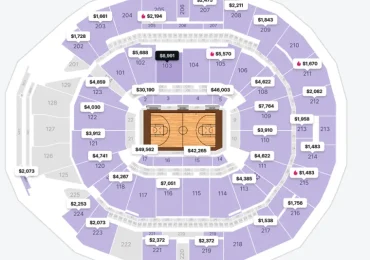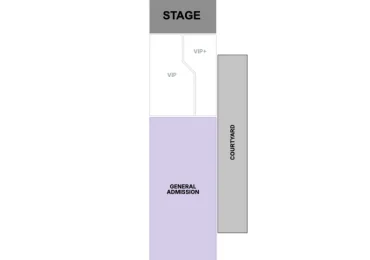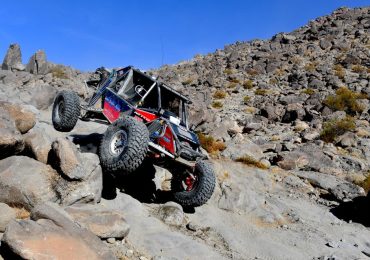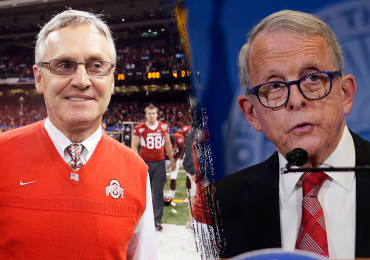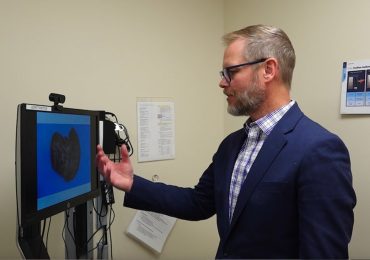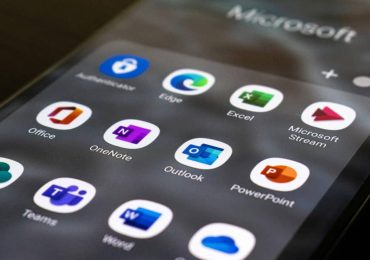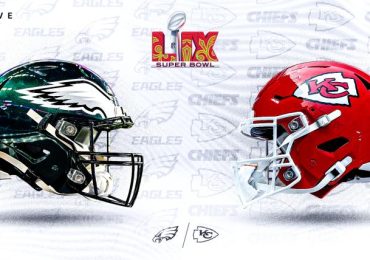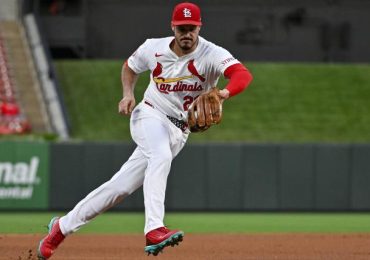Penske Entertainment has compiled two lists of its leading NTT IndyCar Series drivers for RACER in the tradition of the NBA, NFL, and other stick-and-ball sporting leagues which publish annual lists of top jersey and merchandise sales for its most popular players.
The leader from 2024 should come as no surprise as IndyCar’s most popular driver — Arrow McLaren’s Pato O’Ward — led the field in merchandise sales through the series’ official vendors.
Top 10 NTT IndyCar Series drivers in overall merchandise sales:
Pato O’Ward
Josef Newgarden
Alexander Rossi
Scott Dixon
Romain Grosjean
Colton Herta
Alex Palou
Will Power
Scott McLaughlin
Kyle Kirkwood
The young Mexican also continued to capitalize on his popularity through independent pop-up tents selling his line of hats and shirts, including the “Pato Who?” line that emerged towards the end of the year, but those private sales figures aren’t included in IndyCar’s tallies.
Back-to-back Indianapolis 500 winner Josef Newgarden, who embraced wearing the proverbial black hat and was occasionally booed by fans at pre-race driver introductions, did not see a downturn in popularity among merchandise sales due to his loyal followers and placed second on the chart. Alexander Rossi, IndyCar’s longstanding king of quirkiness, also saw his dedicated base of fans spend freely last season, which gave Arrow McLaren drivers P1 and P3 on the list.
With Newgarden in P2, Will Power in P8, and Scott McLaughlin in P9, Team Penske is the only entrant to have its entire roster place inside the top 10. Of interest elsewhere on the list is how the merchandise top 10 nearly matches the top 10 finishers in the drivers’ championship. Nine out of the 10 are represented in the top 10 for merchandise sales, barring Romain Grosjean, who ranked 17th in the drivers’ standings. Only A.J. Foyt Racing’s Santino Ferrucci, who placed ninth in the championship, is missing from the merchandise top 10.
Looking at the driver-specific items which held the most interest for fans, it was jerseys and car models.
Top five NTT IndyCar Series driver products:
Pato O’Ward jersey
Pato O’Ward diecast
Josef Newgarden jersey
Alexander Rossi jersey
Scott Dixon jersey
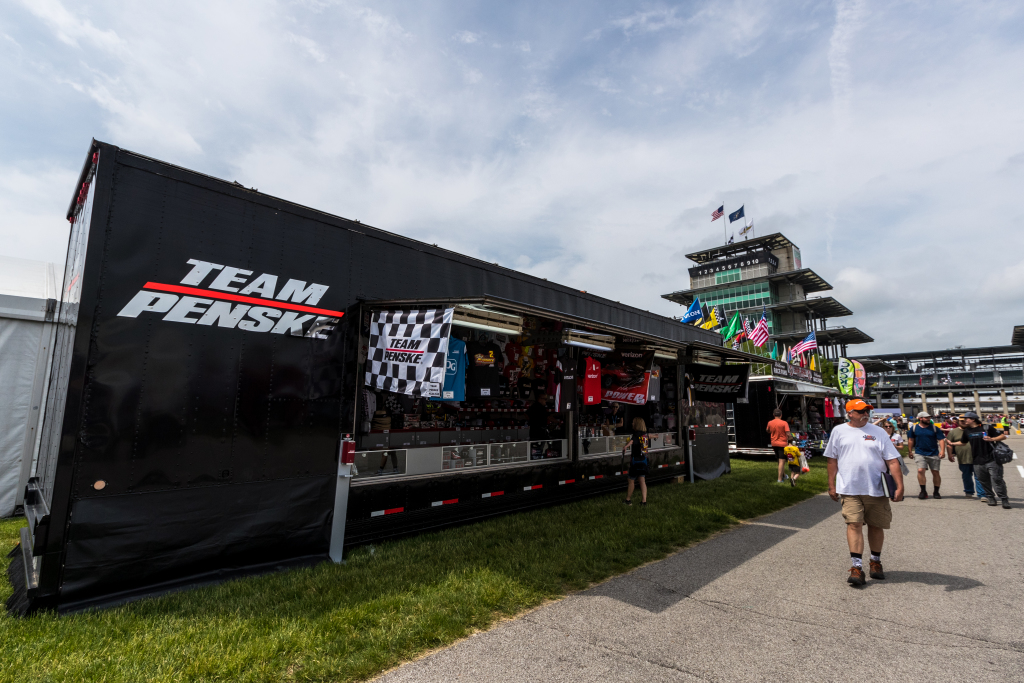 The Team Penske merchandise trailer did brisk business for all three of its drivers. Motorsport Images
The Team Penske merchandise trailer did brisk business for all three of its drivers. Motorsport Images
Penske Entertainment shared other interesting notes from the season of merchandise sales, starting with, “Outside of the Indy 500, the Honda Indy Toronto race weekend was the highest-selling stop on the NTT IndyCar Series schedule,” and the offerings to fans also had a new entry with trading cards made by Parkside Collectables, which were in the “top five of overall product units sold.”
“Merchandise is not transactional, so I think the numbers are reflective of fan interest, but also ardent fan interest, so that’s one thing that I think sticks out,” Penske VP of Communications Alex Damron told RACER. “Overall, we have a tremendous number of talented drivers with great personalities and merchandise as a whole is a growing arena for us, and that is primarily driven by fan interest in the stars of the NTT Indy Car Series.
“This is the seventh year in a row we’ve seen merchandise sales overall rise — excluding the seasons where attendance was affected by COVID-19 — and part of that is having a very targeted strategy to bring new products into the market and new options for fans to have in front of them when they arrive at the track on a race weekend or visit the IndyCar store.
“Another piece of the puzzle has been really working more closely with teams and drivers to do special merchandise runs and create product that will be really appealing to their individual fan bases.”
The series also uses the sales metrics in obvious ways to ramp up merchandise for those whose products are performing well and look for new items to include for the following season.
“We certainly look at the top of the list from a planning perspective and notice what fans are most enthusiastic about from a purchasing perspective, and that really, at times, can open additional conversations regarding extended merchandise lines and special promotions,” Damron said. “We want to make sure when fans are buying a lot of a certain product that we’re looking at expansion opportunities that are good, first and foremost, for the individual driver, but also drive some positive benefit for the series and team.
“I think, given the fact that merchandise sales have continued to expand and almost every number you might look at is moving in the right direction, that bodes well for the entire roster of drivers overall, in terms of opportunities we may be able to offer moving forward. The ability to get additional product, both as a point-of-sale opportunity during a race weekend, or also on the IndyCar store moving forward, does exist.”
One area Damron declined to discuss was the merchandise revenue sharing that takes place between Penske Entertainment and its drivers and teams whose names or likenesses are used on the range of official IndyCar products.
Speaking with one driver and one team owner who asked to have their names withheld, the driver described their annual share as “very, very, very small,” and the owner presented their take as being “miniscule,” but no percentages were given.

